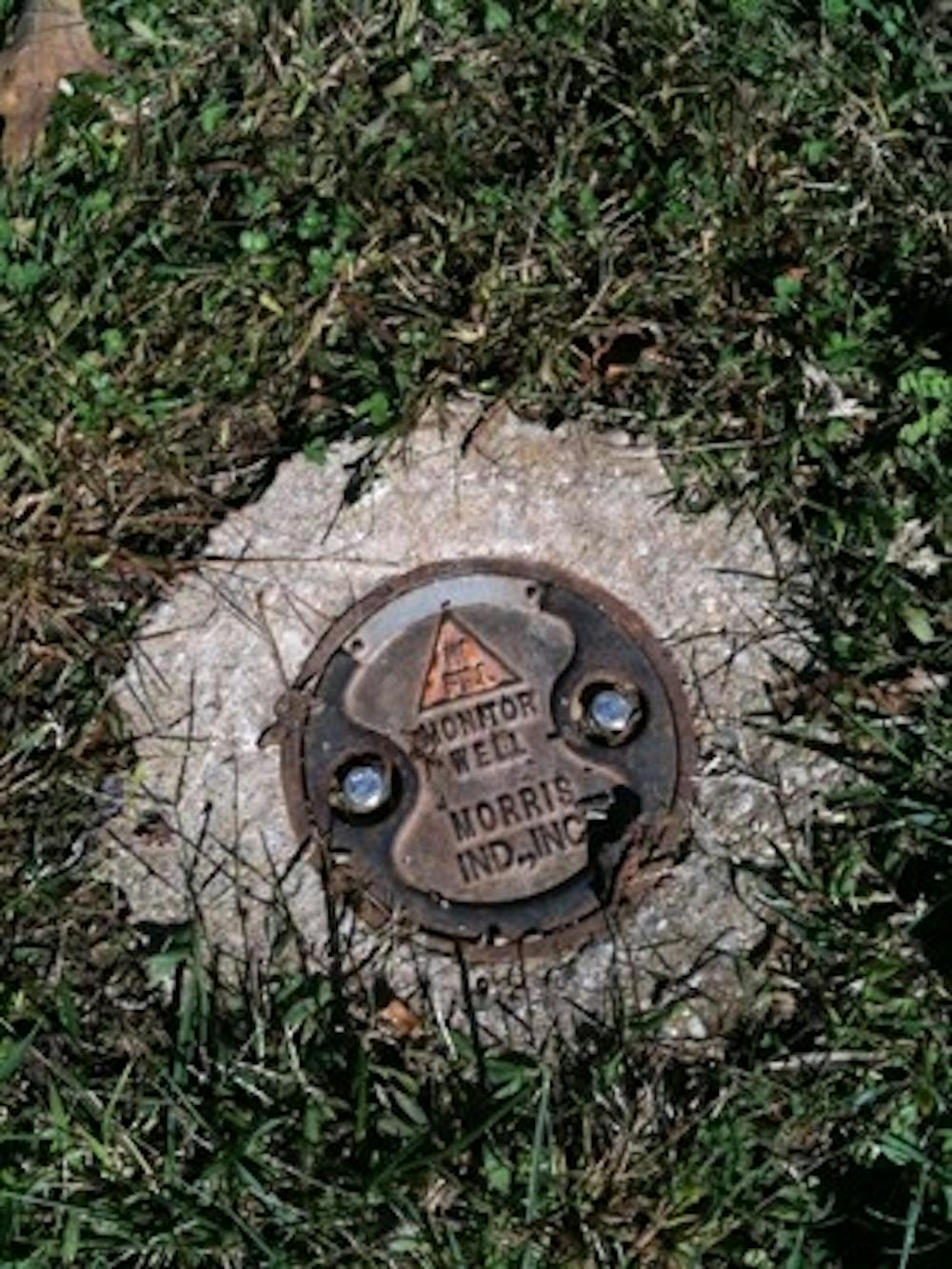Perchlorate levels in the groundwater in and around AU are decreasing according to the Army Corps of Engineers — a claim that was met with skepticism by some community members who said that existing information is insufficient to draw such conclusions.
Spring Valley residents at Tuesday’s Restoration Advisory Board meeting, where the Army Corps made this announcement, were skeptical because the Corps based their findings on readings made more than two years apart and during different seasons of the year.
The Environmental Protection Agency has set the safety standard for perchlorate levels in drinking water at 15 parts per billion, according to Todd Beckwith, the Corps’ project manager for the Spring Valley cleanup.
Perchlorate is a naturally occurring and man-made anion, which can cause eye and skin irritation, coughing, nausea, vomiting and diarrhea, even if exposure is only short-term, according to the EPA.
Fourteen samples from four wells in the AU and Spring Valley area exceed the EPA perchlorate advisory level, including one sample from a well near the Kreeger Building with perchlorate levels of 146 ppb as of June 2007 — almost 10 times the EPA standard, according to the Corps.
But when the Corps took a reading at that well last November, that number was down to 50.
Jeffrey Hanley, an AU alumnus and former Student Government vice president who was at the meeting, attributes this to the fact that the November sampling was conducted in the fall, while the 2007 sampling was from a summer month.
“It’d be like if you took data in February and measured snow and next year you took data in July ... and declared that the amount of snow in D.C. is decreasing,” he said.
Hanley also called it disingenuous of the Corps to have presented the information the way they did.
“It’s not dishonest, and it’s not inaccurate, but you’re not presenting all the facts,” he said. “You’re taking a very narrow approach to what you’re showing people, and that’s not giving anyone a complete picture and it’s not indicative of what’s actually going on.”
The groundwater investigation commenced in 2005 when 38 monitoring wells were installed to help determine contaminated areas and where groundwater is flowing, according to the Corps.
A number of these wells exist near the Kreeger building, the Child Development Center and 4825 Glenbrook Rd., the site of the Corps’ “Pit 3” investigation next door to the AU President’s residence.
Beckwith said claims that the Corps had tried to present a skewed interpretation of the data were taken out of context.
“Generally speaking, the wells where we had concentrations of perchlorate above the EPA advisory level — those wells from ‘07 to ‘09 — the concentrations had decreased,” he said. “That’s just a fact of the data.”
But Beckwith also said that the Corps’ groundwater investigation is still in the “study phase,” and they are still evaluating the groundwater in order to establish a clear trend in the data.
“For us to say we have an absolutely clear trend as to where the concentrations in the groundwater are going, that wouldn’t be fair to say,” he said. “I was just trying to say at the RAB meeting that levels have gone down from ‘07 to ‘09.”
The number of samples that the Army Corps has taken depends on the monitoring well, Beckwith said.
“Some have had four samples starting in ‘05, some have had three. Some have had only one. So it depends on the particular well,” he said.
When asked which monitoring wells served as the basis for the Corps’ conclusions, Beckwith said it was a “handful of wells” with perchlorate levels above the EPA advisory level.
You can reach this staff writer at ccottrell@theeagleonline.com.





